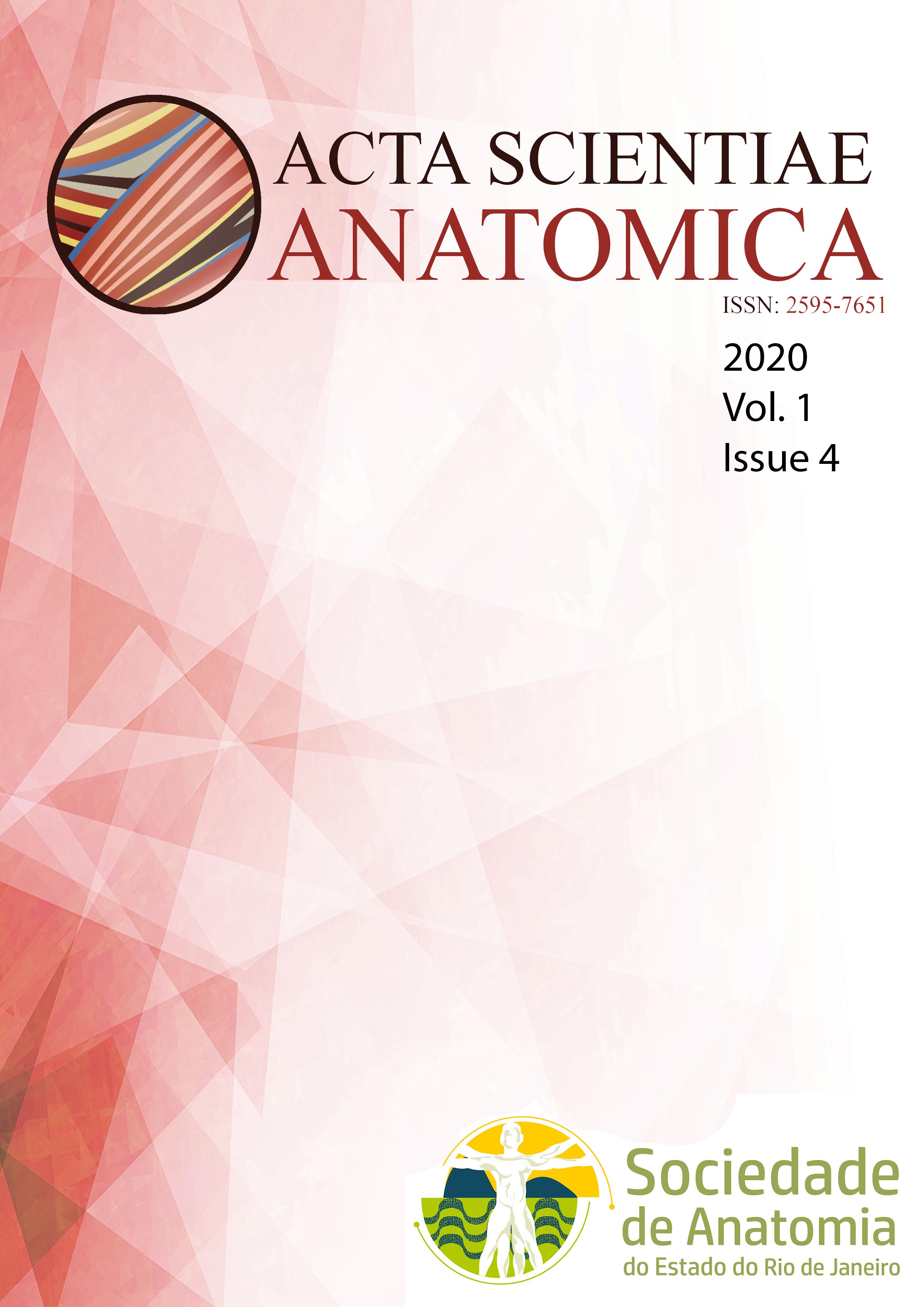Inheritance of fingerprints among the Urhobo people of Nigeria: implication in forensic genetics
DOI:
https://doi.org/10.65053/asa20200410Keywords:
fingerprint, genes, heritability coefficient, Urhobo, NigeriaAbstract
Introduction: Several scholars had proposed the possibility of parentage determination using physically expressive diallelic morphogenetic traits of their offspring and, have provided a clue of the possibility that certain traits could be predominant in a population, yet exist as recessive traits. Nevertheless, arguments about the heritability of “variant expressive” triallelic traits such as the fingerprints in humans have been on for years, with only assumptive explanations. This study investigated the inheritance of fingerprints among the Urhobo people residing in Delta State, Nigeria. Materials and Methods: The study, which was comparative and, family-based was comprised of 60 families and 180 unrelated individuals. Prints were taken with an Hp G4010 scanner, Chisquare test evaluated sex-associated differences, Mood median test ascertained laterality of ridges, Heritability coefficient and One-way analysis of variance determined qualitatively and quantitatively the certainty of inheritance of fingerprint patterns. Results: A conformance for the family and unrelated group for R1D-5D was calculated as 90%, 68%, 87%, 81%, 90% and, 57%, 47%, 60%, 60%, 80% while for L1D-5D a conformance of 80%, 67%, 85%, 90%, 87% and, 53%, 63%, 67%, 77%, 73% was obtained. We observed an HO of 57% and, 46% for the digits of the right and left hands. The left little finger (L5D) was sexually dimorphic among the family group (X2=10.233; P=0.006). Conclusion: We observed that the same patterns combined for parents produced a different phenotype in some offspring, suggesting a possibility of epistatic and, hypostatic influence of genes.
Downloads
Published
Issue
Section
License
Copyright (c) 2025 Acta Scientiae Anatomica

This work is licensed under a Creative Commons Attribution-NonCommercial-ShareAlike 4.0 International License.
This journal publishes open-access articles under the Creative Commons Attribution 4.0 International (CC BY 4.0) license. This permits use, sharing, adaptation, distribution, and reproduction in any medium or format, as long as appropriate credit is given to the authors and the source, a link to the license is provided, and any changes are indicated. License: https://creativecommons.org/licenses/by/4.0/








